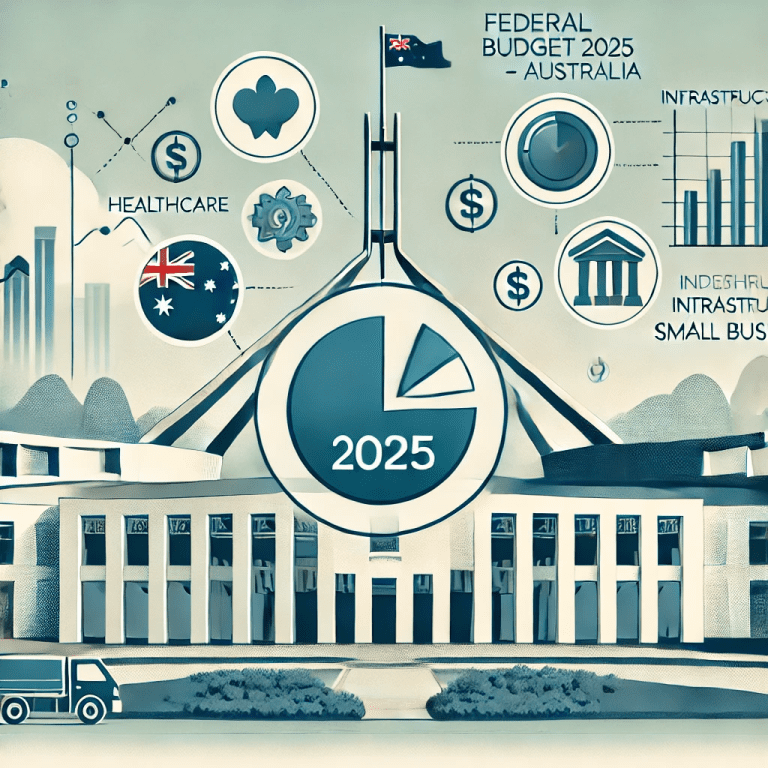
The last week has seen much hand-wringing and harrumphing from many property quarters to politicians over the issue of negative gearing. There is much talk that the forthcoming Federal Budget will finally remove “negative gearing” from residential property. Many industry commentators have already primed their voices in anticipation- “The beginning of the end for property”, “Lobby group ramps up opposition to negative gearing proposals”.
But is there a real worry that this is the end of the world? No. Firstly, let’s start by defining what Negative gearing is. Don’t worry if you don’t know what negative gearing is. There are plenty of “experts” who don’t either. .
Negative gearing means that if you are making an ongoing loss on an investment asset (e.g. investment property), you are allowed to carry this loss against your taxable income and thus reduce your final tax bill.
“So this is just free money, right?”
No. Although your tax bill reduces, you are still making a loss. Take an example whereby you own an investment property apartment. Let’s say you receive a rental income of $30,000 per year. Let’s also assume that between the interest on the apartment’s mortgage as well as other sundry costs, your yearly outgoings total $36,000. You are making, therefore, a $6,000 loss and “negatively geared” to the tune of $6,000 in that tax year. However, currently, you are currently allowed to bring that $6,000 loss over and deduct it from your other taxable income (say for example $80,000 in a year). Hence your taxable income would now be $74,000 instead of $80,000.
The net effect is that you are getting tax relief on the loss, and so the $6,000 loss (assuming a tax rate of 37%) is only a $3,780 loss. Don’t be under any illusions – you are still making a loss.
Let’s look at it another way. Let’s say that you had the opportunity to buy the swankiest, poshest, and hippest coffee shop in a major city CBD. It is guaranteed to have lots of regular customers, great coffee, and a regular mention in tourist books of what to do in [NAME of CITY]. One last thing – the coffee shop also makes a loss of $6,000 per year. Does this seem as attractive now to you? Are you still as keen to buy it as when you began reading this paragraph?
Materially there is no difference between the above two scenarios. However, to most of us, the investment property proposition presents a perfectly acceptable risk, but the coffee shop represents a foolhardy venture.
What both have in common, is that when you buy into a property or a business, you usually do so with the understanding that after a while the income will eventually overtake the expenses. While this logic is almost innate to most property investors, most potential business owners will balk at the concept of a risky investment that won’t return positive results for a few years.
It is commonly understood by serial property investors that if a property were able to rent out for more than the mortgage costs, there would be virtually risk-free profit (or as investment bankers call it ‘arbitrage’) and so everyone would do it. Yet for some reason, the same logic is absent in every other investment class. Even if coffee shops aren’t your thing, would you buy a share or an investment in anything else that wasn’t immediately returning money? Most of us would say “no”.
The benefit of negative gearing is that it mitigates the losses. Essentially, taking any of the above examples, the common risk is that future returns/incomes of your investment may not match the costs. Most property investors are happy to take the loss in the first few years, and in fact, some often boast about being too positively geared (i.e. income is greater than expenses and no tax benefits can accrue). However, isn’t this is the goal of most investors; have more money coming in than going out?.
Negative gearing was first (re)introduced in 1985 as a means of increasing demand in rental property market and to encourage the building of more housing units. However, the question now begs over 30 years later does the Australian housing market still need negative gearing? If indeed the current government sees fit to remove this next month, it is most likely to hurt first-time investors, but not the seasoned ones. Ironically a move such as this will not matter much to seasoned investors at all. These more experienced investors are now in an enviable position of having already benefited greatly from negative gearing years whilst they built their wealth, but no longer need it as they are mostly positively geared. The real risks and losses, if any, will be carried by younger/newer investors.
Like everything in life, a staged and needs-based approach will be required, rather than one-size-fits-all approach. I have never met anyone who became wealthy as an upshot of negative gearing. It has always been just a handy way to make losses feel a little better. It does allow you to borrow more money from a bank, but this is also a risk. If you are currently negatively geared how would a change like this affect you? Whatever is decided next month, you need to know what you can do and how to prepare for what you can do.
For further information or to talk about anything in this article, you can contact us on [email protected] or phone +61 7 5456 2928.




